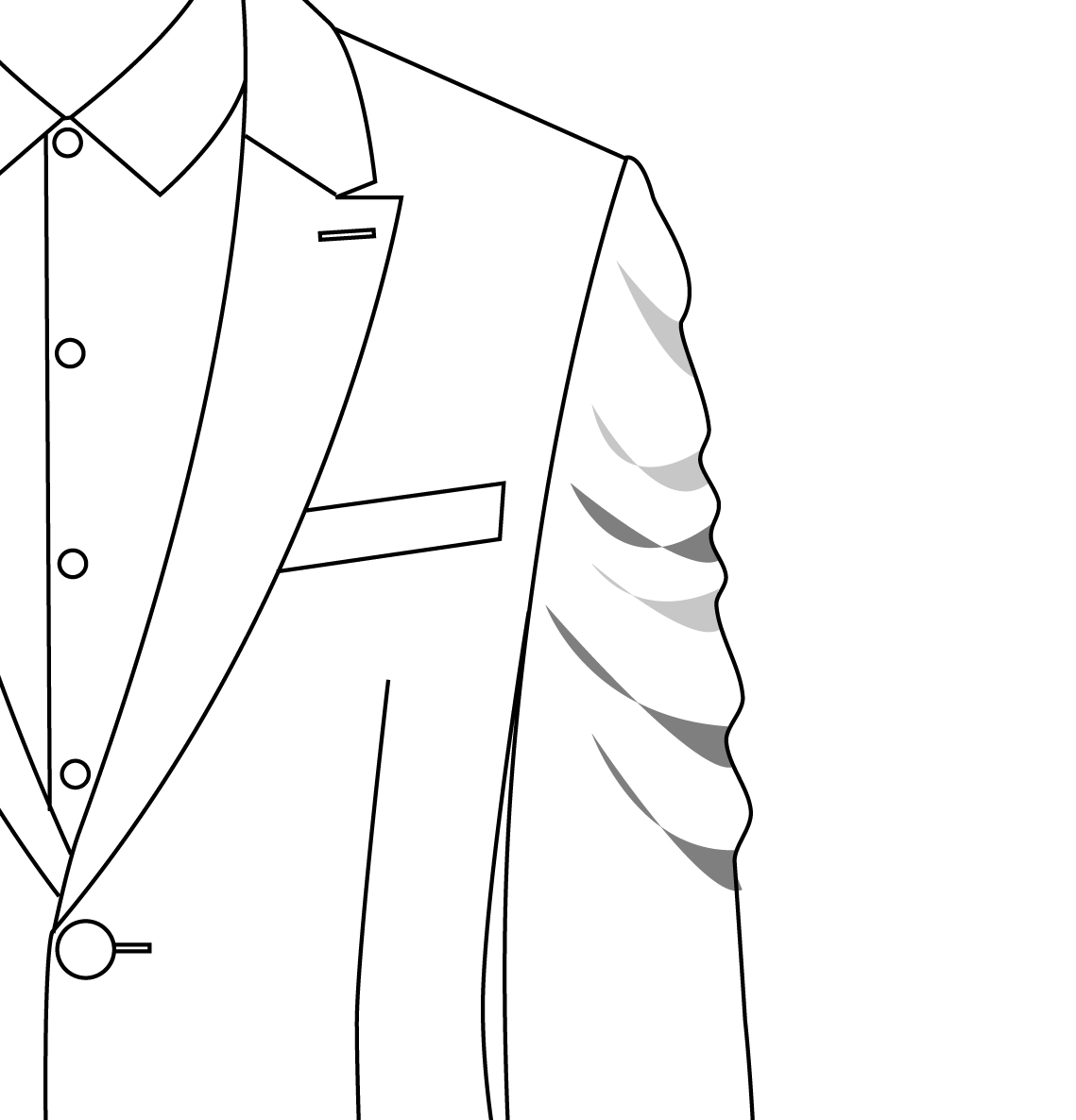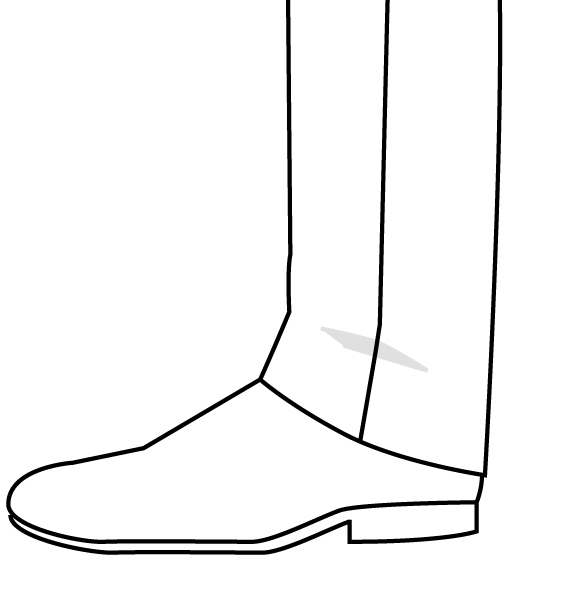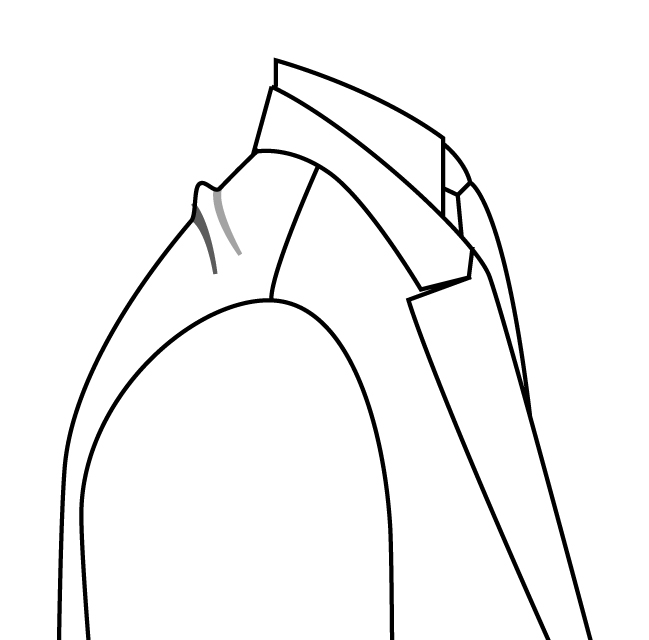When looking for a suit of any kind, good fit is paramount.
I cringe when I see a guy who unknowingly spent several hundred dollars on a sloppy, ill-fitting suit. If the fit is poor, nothing else matters - expense, fine fabric nor elegant detail.
You'd be surprised, sometimes fit failures pop up in even the most high-end brands.
I've seen costly suits with unsalvageable fit issues and inexpensive suits get it right.
Always try on a suit or blazer. Stand straight with your arms down at your sides to evaluate.
Look for the below red flags. If a store sales person tells you that any of these are 'normal' or 'easy to tailor' do not be fooled.
Irreparable fit problems:
1. Lapels popping out at the chest - indicates the chest is too tight, the lapels should lay flat down your front.
2. Space inside back collar - the jacket collar should naturally sit against the shirt collar, the space indicates an unfixable pattern-cut problem.
3. Bump along the shoulder - it should lay smooth, bumps indicate major pattern-balance issues.
4. Dents under the shoulder - sleeve should fall straight down from the shoulder, a dent indicates that the shoulder is cut too small.
5. Spread-open back vent(s) - means the back waist and seat are too tight, vents should naturally lay straight and closed.
6. Short jacket length - the bottom of the jacket should cover the bottom of the crotch AND the bottom of your seat in the back. A short jacket can appear feminine.
Costly fit problems:
1. Bunching at the chest - shows that the chest is too loose and requires a lot more tailoring hours than one would imagine.
2. Ripples down the sleeve - sleeve should fall straight down the arm, ripples reveal that the sleeve was sewn in at the wrong angle or 'pitch'.
3. Collapse below shoulder - indicates that the shoulder has poor inner structure, adding canvas and padding can correct.
Easy tailoring fixes:
1. Sleeve length - a smidgen of shirt sleeve should peak out from under the jacket sleeve. But not too much!
2. Trouser length - hem should hit above your shoe heel. Have your tailor slightly angle the hem toward the heel if possible.
3. Slimming down the jacket sleeves, jacket waist, trouser legs or trouser waist is fairly simple.
4. Bump at top back - easily fixable and not a problem.
Don't know your size?
Jacket and trouser sizes run by your chest and waist measurements in inches. If you're not sure about your size, start here.
When you wrap a tape measure around your pecks at their widest, your jacket size is that measurement (in inches).
Get 42” chest circumference? Your jacket size is 42.
Similarly, your pant size is the measurement of your "true" waist* just above your belly button.
*Unless your middle happens to be much larger than your high hip where the trousers sit.

























